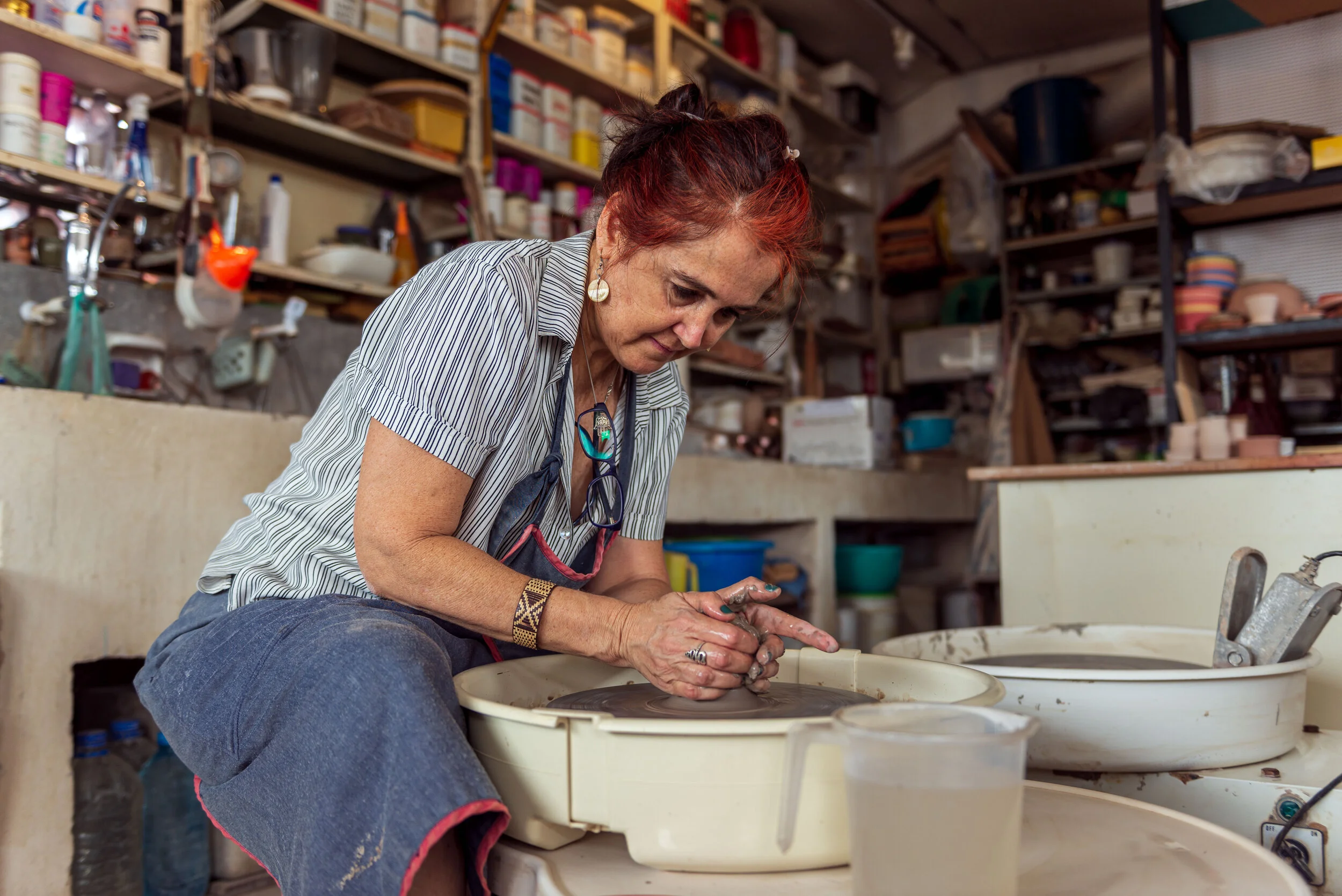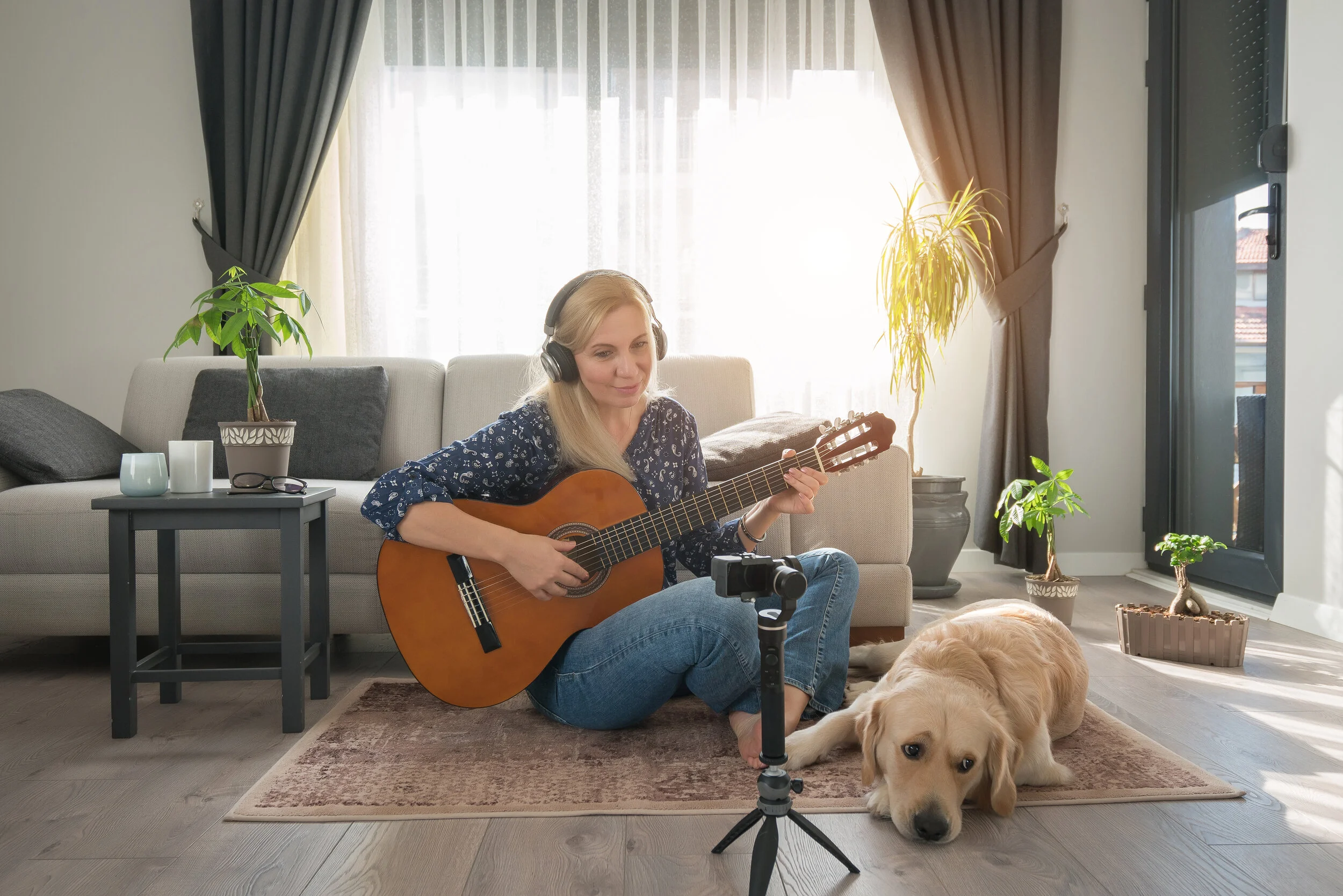What is “flow state?” Why is it so important during the pandemic?
TL;DR
A state of "flow" is when you lose yourself in a particular activity—one that is relatively challenging , enjoyable, and lets you monitor progress toward a specific goal.
At least 40% of people surveyed have reported that the COVID-19 pandemic has had a negative impact on their mental health. Many more report struggling with anxiety and stress.
Achieving a “flow state” by focusing on positive activities may be important in supporting your mental health and building resilience during these months of isolation. Researchers (in a study published last month) found that people who achieved a state of flow felt less lonely and more positive during isolation in the COVID pandemic.
This is my most recent drawing. I love working in charcoal; it’s loose, forgiving (read:erasable!), messy, expressive. I can erase a little here, shade a little there, until the drawing approaches my vision of what I want. This afternoon, I started to fix “just a few details” on this piece soon after lunchtime. When I finally looked up from my absorption at the easel, I was shocked to find that it was dark out and my entire to do list (including eating dinner!) had gone unattended, unnoticed, as I got lost in the creative process.
Time flew by. I have no idea how that happened! And I feel - wait for it - HAPPY. That is what achieving a state of “flow” means. It’s what art does for me. In this crazy time of the COVID-19 pandemic, of isolation and frustration, achieving a sense of flow is critical to maintaining positivity and resilience. And drawing and painting is one of my avenues to that.
I have the same phenomenon when I’m throwing pottery. When I crochet or sew. Hours go by. And I feel happy.
We all know by now what we need for our COVID-19 health tool box: face masks, lots and lots of soap and hand sanitizer, and more “social distancing” than most of us prefer. We’ve also built other skills to help alleviate the stress of the pandemic - ZOOM call with friends, Netflix watch lists, lowered expectations.
But I’d like to suggest something else to add to your coronavirus resilience toolbox: attention to activities that induce a "state of flow.” Find your flow. Prioritize it in your week. (Just take a break to feed the dog.)
How do we know that achieving flow state may help during the pandemic?
In November of 2020, a newly published study of 5000 people from the early months of the COVID outbreak isolation suggests that this may be the best remedy for the emotional stress and pressures of the pandemic era.
Participants answered online survey questions about how many times in the previous week they’d felt utterly absorbed by whatever they were doing, and how much they’d felt simultaneously stimulated and challenged—both important elements of flow. Researchers found that people who achieved a state of flow reported decreased loneliness and higher levels of positive emotion, despite staying home alone during longer periods of quarantine. Participants who experienced high levels of flow tended to cope better on multiple measures of well-being. Powerful stuff!
What exactly is “Flow State?” How do you find it?
Psychologist Mihaly Csikszentmihalyi first coined the concept of mental “flow” to refer to stretches of time when someone is entirely focused on whatever they’re doing. You know the sensation - it’s when you are feeling ‘in the zone’—completely absorbed in an enjoyable activity. Time flies by, and perhaps barely notice your own thoughts or experiences outside of the activity you're doing. Perhaps you don’t notice that your dog, or even your children, have gone unfed and are looking a bit plaintive. (OK, maybe that’s just me.)
Public service announcement: Please take a break from your flow state to feed the dog.
You don’t have to pick up drawing or the violin to achieve this. Different people experience flow from different activities; creating art, playing music, cooking, gardening, sports, even playing video games. The most important factors are the activities that challenge us the right amount (not too easy, not too hard) and that achieve a specific goal. Usually it’s achieved when you are doing something you enjoy or feel passionate about. It also involves an active state; watching a movie does not produce the same measurable benefit. (So that Netflix binge watching may pass the time, but doesn’t achieve a flow state!)
According to Csíkszentmihályi, there are ten factors that accompany the experience of flow. While many of these components may be present in your activities, it isn’t necessary to experience all of them for flow to occur.
The activity is intrinsically rewarding
Clear goals that, while challenging, are still attainable
Complete focus on the activity itself
Feelings of control over the situation and the outcome
Feelings of serenity; a loss of feelings of self-consciousness
Immediate feedback
Knowing that the task is doable; a balance between skill level and the challenge presented
Lack of awareness of physical needs
Strong concentration and focus
Timelessness; feeling so focused in the moment that you lose track of time
Why is flow state important during the pandemic?
Per data from the CDC, two in five Americans report struggling with mental health concerns and substance abuse during the pandemic. This is as good a time as any to try to find your flow—although you don't have to be under lockdown to reap the benefits. Flow state has measurable impacts on productivity and skill building under any circumstance, but it may be especially important during stressful periods of uncertainty. Passing time “lost in the zone” will also help mute those nagging anxiety-driven thoughts for a while, so your sympathetic nervous system can take a little break.
Letting go of chronic stress and sympathetic nervous system overload can help the parasympathetic system restore balance, with beneficial effects on both physical and emotional health. Achieving flow state can support this process.
So, my friends, get out those yoga mats, those paintbrushes, those guitars, those crayons, those knitting needles, or those game consoles. Figure out what promotes that sense of flow in your life. You may even find yourself learning a new skill that fits the bill!
In the meantime - continue to mask up.
Wash your hands.
Stay safe and well.
And share with me your ideas for how you find your sense of “flow!”





